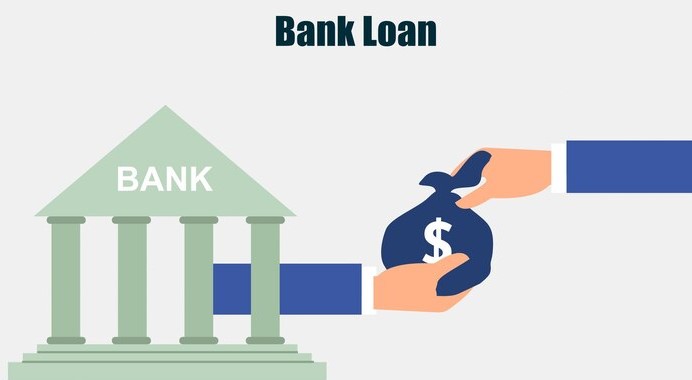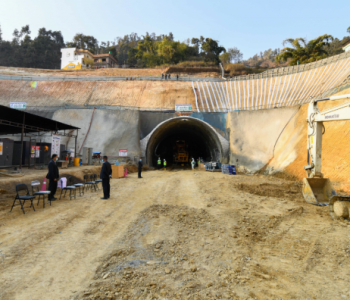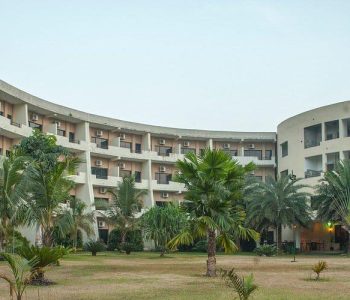Nepal’s subsidized loan programs face scrutiny as government unveils fresh approach

KATHMANDU: Amidst growing concerns about the effectiveness of concessional loan programs with interest subsidies, the government is set to launch a similar initiative with affordable interest rates. This move aims to promote production, employment, and innovation for a self-sufficient economy.
The government is gearing up to introduce a new program offering benefits such as seed capital, 3 percent interest rate loans, and other incentives tailored to the nature of production.
A committee comprised of officials from the National Planning Commission and the Ministry of Finance has already drafted the guidelines for this program.
Dhaniram Sharma, spokesperson for the Ministry of Finance, confirmed the existence of the draft guidelines, titled ‘National Production and Employment Promotion Program Operation Guideline, 2080.’ However, a final decision regarding its implementation is pending.
The government’s previous subsidized interest loan programs have faced challenges, including misuse, leading to significant financial investments yielding limited returns. Experts argue that reintroducing a similar program without addressing past flaws is ill-advised.
The government’s efforts align with the provisions outlined in the current year’s budget statement, which aims to bolster production and employment in the country. The budget allocates funds for the ‘National Production and Employment Promotion Program’ to stimulate a self-reliant economy by enhancing production and employment opportunities based on local economic potential.
The program’s focus includes the commercialization of agriculture, support for micro and small industries, and the development of information technology and tourism sectors. The guidelines for this program, conducted in coordination with municipalities, were initially slated for completion in July, with the government allocating NPR 7 billion for its implementation.
Responding to queries about the introduction of a new program with similarities to the subsidized interest loan program amid ongoing concerns, spokesperson Sharma clarified that the two programs differ in nature.
While the existing subsidized loan program is administered by banks and financial institutions under the National Bank’s guidelines, it is under evaluation due to questions regarding its efficacy.
Sharma indicated that the National Bank is also conducting a study on the utility of these loans, led by independent experts. In contrast, the new program will involve direct funding from the government to municipalities, granting them discretion in selecting borrowers.
Recognizing the growing concerns about the effectiveness of the existing subsidized interest loan program, the government is planning to restructure it based on the findings of a study. The budget statement allocates NPR 11.59 billion for interest subsidies, reflecting the government’s commitment to reevaluate and improve the program.
Nepal Rastra Bank has also announced an independent audit to assess the utility and effectiveness of subsidized loans in the last financial year’s monetary policy. The audit aims to enhance credit flow in the productive sector by evaluating the performance of programs like subsidized loans for various purposes.
Preliminary findings suggest that these loans were often misused, diverted to pay interest on other loans, and did not align with their intended purposes.
According to data from Nepal Rastra Bank, subsidized interest loans totaling NPR 2.5 trillion have been disbursed, with the majority allocated to agriculture and livestock businesses. However, this substantial investment has not translated into significant production or entrepreneurial development, largely due to the diversion of funds into real estate.
The government’s outstanding obligations to banks, financial institutions, insurance companies, and deposit and credit protection funds as a result of interest subsidies are yet to be paid, amounting to over NPR 8 billion. These entities have not received their owed funds for the last nine months.
The allocated budget for the current year is NPR 11.59 billion, which experts believe may be insufficient to cover both the remaining obligations from the previous year and the ongoing commitments.
Despite the challenges faced by the existing subsidized interest loan program, the government is forging ahead with a new program aimed at fostering a self-reliant economy through increased production and employment opportunities.
The draft guidelines outline its focus on agriculture, small and domestic industries, information technology, tourism, and other areas that directly support production and employment.
The government has allocated NPR 7 billion for this initiative in the current financial year, with a portion designated for various support areas. The guidelines specify criteria for eligible borrowers, including investment conditions and loan terms, emphasizing prudent financial management and effective regulation.













Facebook Comment